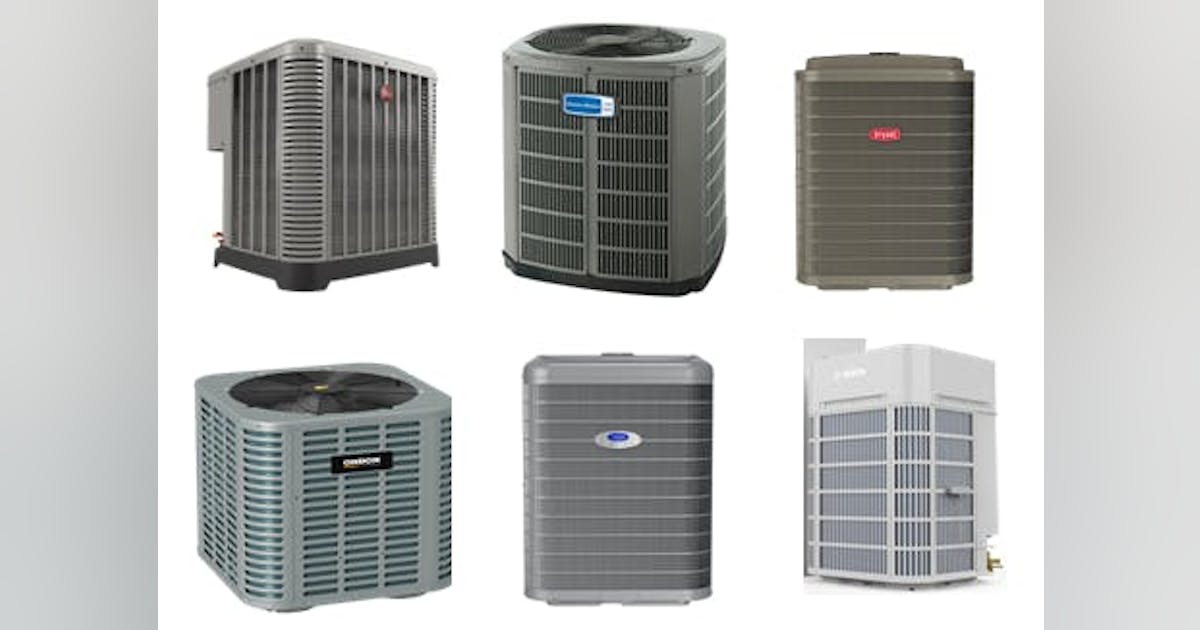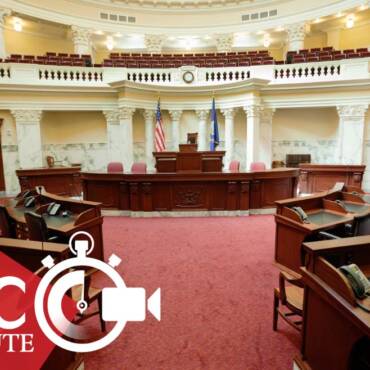The topic of heat pumps has experienced a meteoric rise in HVACR discussions. No matter where you turn, there’s eat pump talk—ranging from the basic merits of the technology to the nuances of heat pump operation, installation, and maintenance. Members of the industry have enthusiastically embraced heat pump solutions and expanded their applications. However, before going all in, some have cautiously questioned whether this focus is short-term “hype” or indicates that heat pumps will have longevity as a “hero,” supporting energy-efficient and sustainable new-generation and next-generation heating and cooling.
I’m often asked why technology that has been commercially available and in use since the 1950s is now suddenly taking center stage. The answer can be found by looking at what heat pumps do, how they are being used presently, and what potential they offer for meeting changing demands.
What Heat Pumps Do
The term can be misleading, because “heat pumps” do not generate heat. They extract heat energy from where it’s not needed or wanted and move it to where it is needed or wanted. In cold weather, for example, the refrigerant in heat pumps evaporates as it absorbs heat from the outside. The heat released as the refrigerant condenses is then transferred to interior spaces. In warm weather, the process is reversed, as heat is extracted inside and released outside.
One reason for the heightened focus on heat pumps is that they do not generate heat, unlike combustion-based technology. This provides several potential benefits to society:
- Heat pumps support the megatrend toward decarbonization.
- They replace fossil-fuel heating with high-efficiency technology.
- They can be paired with lower global warming potential (GWP) A2L refrigerants—such as R-454B and R-32—to further increase environmental benefits, while offering similar performance to the legacy R-410A.
- They offer the ability to tap into alternative energy sources, such as waste heat as well as heat sourced from the air, (ambient) ground (geothermal), or lakes/ponds (water).
How Heat Pumps are Being Used
Early versions of heat pumps were essentially reversible air conditioning units, and most used traditional refrigerants—like R-22 and, more recently, R-410A. These units performed well and operated safely using lower-toxicity, nonflammable (A1) refrigerants. However, they were known to sometimes struggle at lower ambient temperatures.
Whether you require installation, repair, or maintenance, our technicians will assist you with top-quality service at any time of the day or night. Take comfort in knowing your indoor air quality is the best it can be with MOE heating & cooling services Ontario's solution for heating, air conditioning, and ventilation that’s cooler than the rest.
Contact us to schedule a visit. Our qualified team of technicians, are always ready to help you and guide you for heating and cooling issues. Weather you want to replace an old furnace or install a brand new air conditioner, we are here to help you. Our main office is at Kitchener but we can service most of Ontario's cities
Source link


